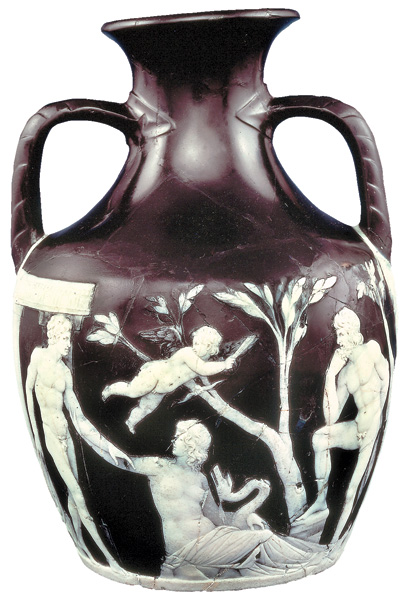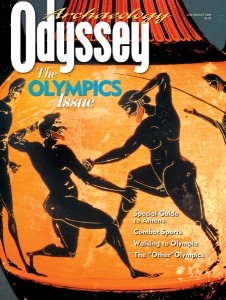Does a 2,000-Year-Old Roman Vase Really Date to the Renaissance?

The British Museum’s famous cobalt blue glass vessel known as the Portland Vase, now dated to the first century B.C., may in fact have been produced by a Renaissance cameo engraver, according to a prominent expert in ancient art.
Ever since the vase surfaced in the late 16th century, most scholars have interpreted its cameo figures as depicting mythological characters. New York antiquities dealer Jerome Eisenberg, however, suggests that there are stylistic inconsistencies in the rendering of the cameo figures. He believes the vessel’s creator was unfamiliar with the iconography of classical mythology, and based his work instead on scenes carved on a third-century A.D. marble sarcophagus now in Rome’s Villa Mattei.
Writing in the art and archaeology journal Minerva,a which he publishes, Eisenberg points to various incongruities indicating an “after the antique” pedigree:
The sea-monster depicted on the lap of the reclining female figure suggests that the woman is a sea goddess, though the tree behind her makes no sense in that context. Moreover, monsters of such diminutive size don’t appear until the late second century A.D.
The figure of a flying Eros is an anachronism; in no other ancient representation of the winged god of love does he fly or fail to carry arrows and a sheath.
Already a library member? Log in here.
Institution user? Log in with your IP address.

